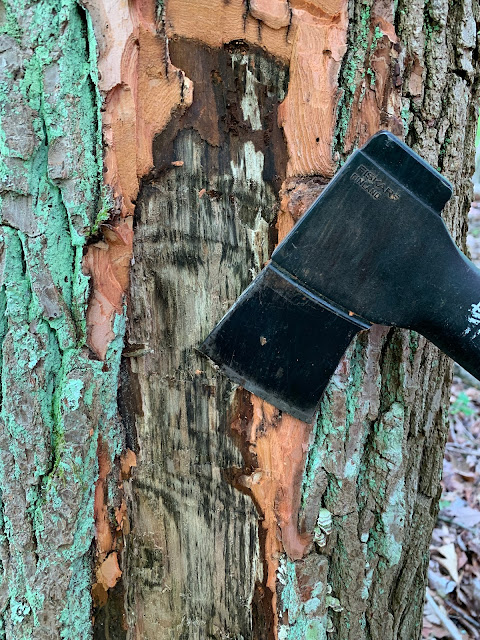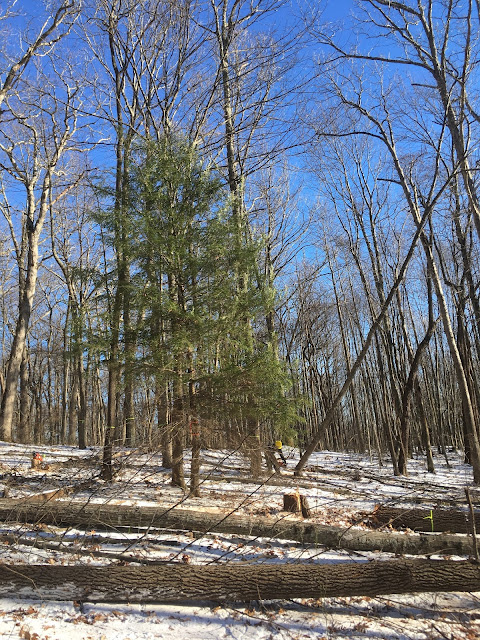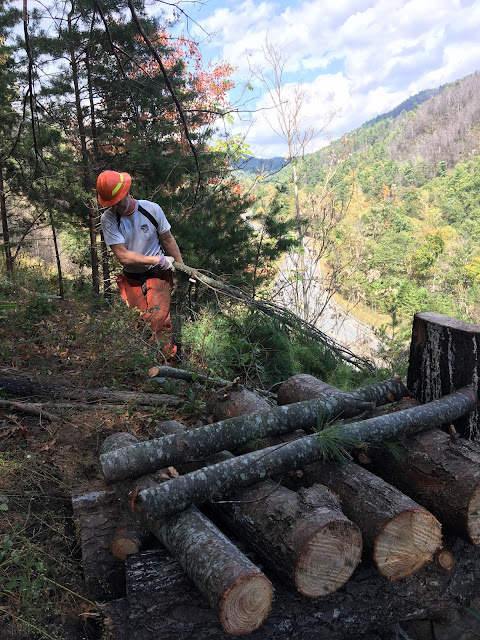We have been involved in monitoring yet another non-native pest causing substatnial tree mortality in the southeastern U.S. Redbay ambrosia beetle (Xyleborus glabratus) was introduced at some point prior to its 2002 detection in coastal Georgia. At the time, it was found associated with large swaths of dead redbay (Persea borbonia) shrubs.
Redbay ambrosia beetle bores into stems and innoculates the xylem with a fungus (Raffaela lauricola), which it then cultivates inside the stem in order to feed on. The growth of the fungus plugs up the xylem, shutting down the ability of that plant to pump water through its stem resulting in the wilting of the entire plant. The beetle and pathogen are native to Asia and were most likely brought into the U.S. on wood packing material used for international shipping.
For several years, the pest and pathogen seemed to be isolated along the coast of Georgia and South Carolina infesting redbay, but it turns out that this insect likes all members of the Lauraceae family and without getting bogged down in the details we are going to turn our focus on Sassafras albidum, our beloved sassafras trees.
As mentioned earlier, we have been monitoring this pest as it has moved from the coast to the mountains. We have studied some of its basic ecology and I will be sharing details on an experiment we are installing this summer on mitigating the effects of this insect/pathogen complex.






































